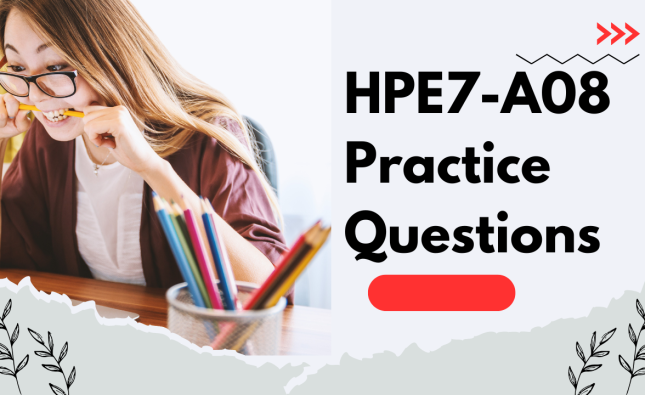
OpenAI and Microsoft Face Lawsuit for Using New York Times Articles
Introduction
Hello, I’m Fred, a seasoned blog writer with a passion for technology and innovation. I have been following the latest developments in the field of artificial intelligence, especially the groundbreaking work of OpenAI and Microsoft. However, I have also been concerned about the ethical and legal implications of using AI to generate content based on existing sources. That’s why I decided to write this article, to inform you about the ongoing lawsuit between the New York Times and the tech giants, and to explore the possible outcomes and impacts of the case.
What is the lawsuit about?
The New York Times, one of the most influential and reputable media organizations in the world, has filed a lawsuit against OpenAI and Microsoft, accusing them of copyright infringement in the development of AI technologies, including the widely-used ChatGPT. This marks the first major legal clash between a major media organization and AI creators.

The lawsuit claims that OpenAI and Microsoft used the New York Times’ articles without permission to train their AI models, which can generate text based on any input or query. The New York Times argues that this violates its intellectual property rights, and that the tech companies are profiting from its reporting and writing without compensating the publisher.
The New York Times also alleges that the tech companies are harming its business and reputation, by creating a direct competitor that can answer questions based on its original content, reducing the need for readers to visit its site. Moreover, the lawsuit expresses concern that the AI-generated content may be inaccurate, misleading, or harmful, and that the tech companies have failed to implement adequate safeguards and ethical standards.
Why is this lawsuit important?
This lawsuit is important for several reasons. First, it raises the question of who owns the data that is used to train AI models, and whether the original creators of the content have the right to control or limit its use by others. This is especially relevant for media organizations, which rely on producing high-quality and original content to attract and retain readers, and to generate revenue from subscriptions and advertisements.
Second, it challenges the legality and morality of using AI to generate content based on existing sources, and whether this constitutes fair use or plagiarism. This is especially relevant for generative AI models, such as ChatGPT, which can produce text that is indistinguishable from human-written text, and that can potentially influence public opinion, behavior, and decision-making.
Third, it highlights the potential risks and harms of using AI to generate content without proper oversight and accountability, and whether the tech companies have the responsibility to ensure the accuracy, quality, and safety of their AI products. This is especially relevant for the users and consumers of AI-generated content, who may be exposed to false, biased, or malicious information, and who may not be aware of the source or reliability of the content.
What are the possible outcomes and impacts of the lawsuit?
The possible outcomes and impacts of the lawsuit are hard to predict, as this is a novel and complex case that involves multiple legal, technical, and ethical issues. However, some of the scenarios that could happen are:
- The New York Times and the tech companies reach a settlement, in which the tech companies agree to pay a licensing fee to the publisher, and to implement certain measures to respect and protect its content. This could set a precedent for other media organizations and AI creators to negotiate similar deals, and to establish a framework for the fair and lawful use of content in AI development.
- The New York Times wins the lawsuit, and the court orders the tech companies to pay a large amount of damages, and to stop using its content to train their AI models. This could set a precedent for other media organizations to sue AI creators for infringement, and to assert their ownership and control over their content. This could also force the tech companies to redesign their AI models, and to find alternative sources of data that are authorized or public.
- The tech companies win the lawsuit, and the court rules that their use of the New York Times’ content is fair and legal, and that the publisher has no claim over its use by others. This could set a precedent for other AI creators to use any content they want to train their AI models, and to challenge the intellectual property rights of the original creators. This could also weaken the position and value of media organizations, and reduce their incentive and ability to produce original and quality content.
Conclusion
The lawsuit between the New York Times and the tech giants is a landmark case that will have significant implications for the future of AI and media. It will test the boundaries and balance between innovation and regulation, between creativity and copying, and between rights and responsibilities. It will also shape the expectations and standards for the use and production of AI-generated content, and the trust and transparency between the AI creators, the content creators, and the content consumers. As a blog writer and a technology enthusiast, I will be following the case closely, and I hope you will too.
Summary Table
| Aspect | Description |
|---|---|
| Lawsuit | The New York Times sues OpenAI and Microsoft for using its articles to train their AI models without permission |
| AI Models | ChatGPT and other AI-based software that can generate text based on any input or query |
| Issues | Intellectual property rights, fair use, plagiarism, competition, accuracy, quality, safety, ethics |
| Outcomes | Settlement, victory for the New York Times, victory for the tech companies |
| Impacts | Licensing fees, damages, redesign of AI models, alternative sources of data, precedent for other cases, implications for AI and media |










